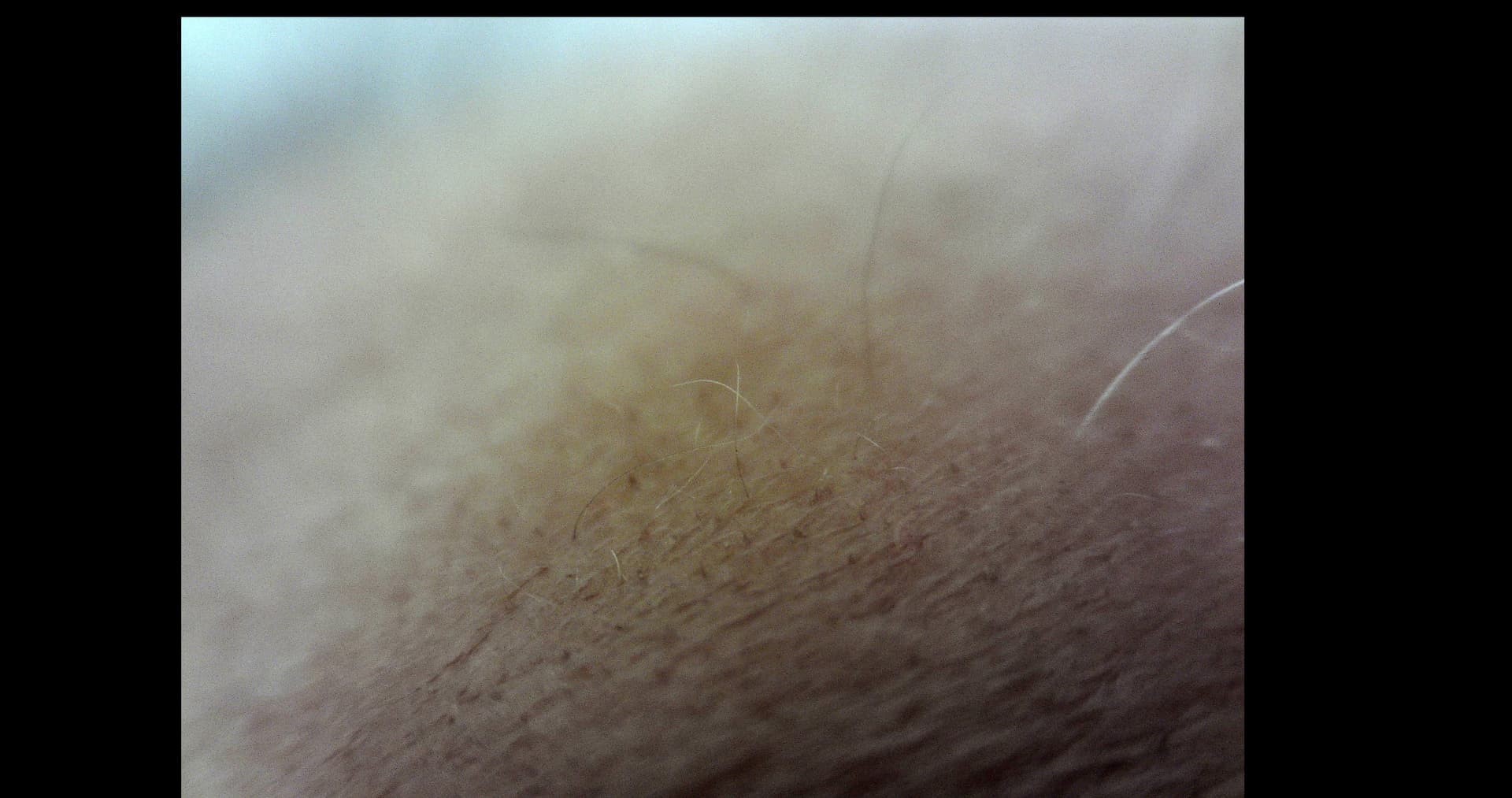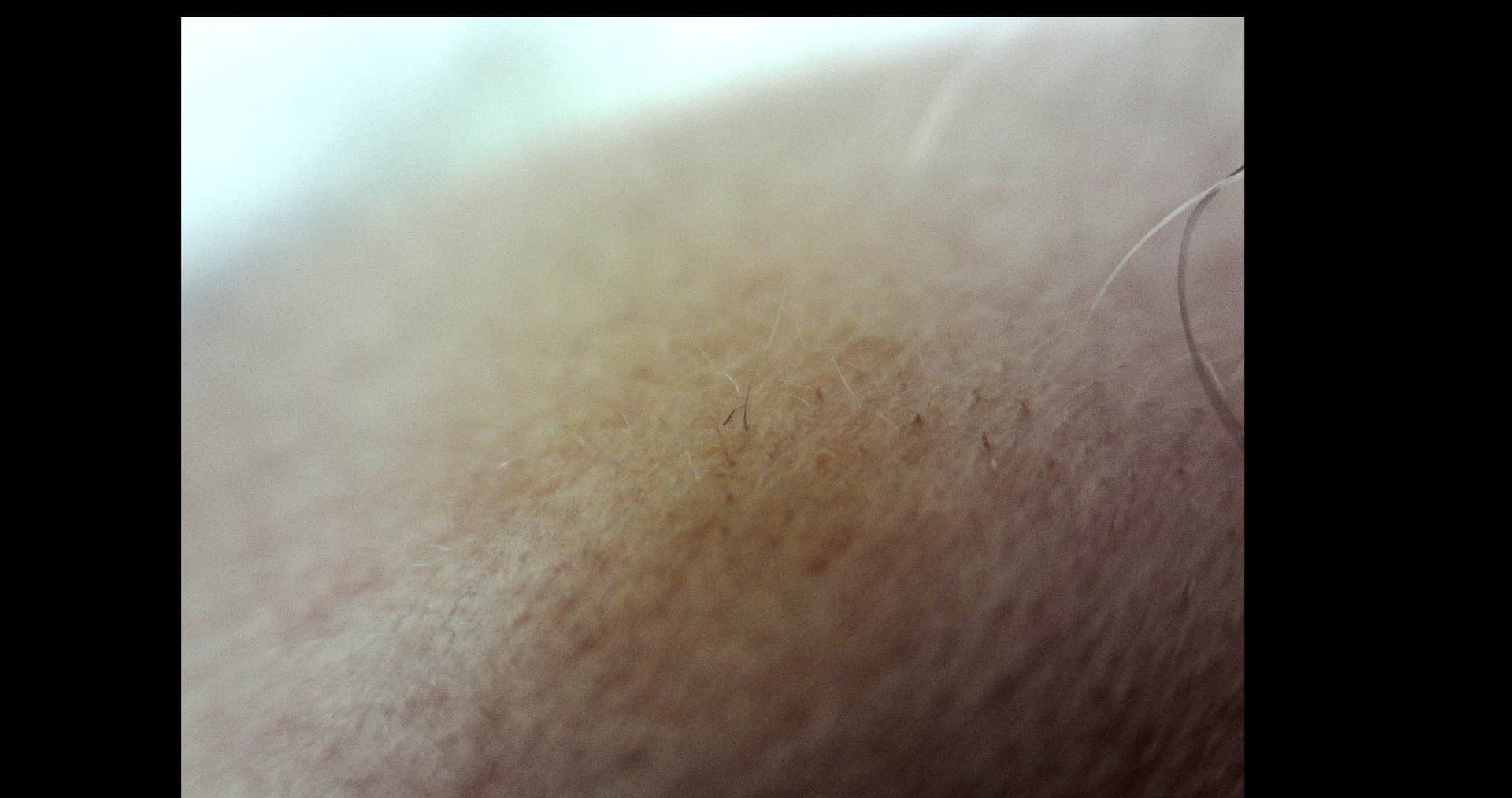So in the morning of 28th July 2024 I took a packet of Zydus (6mg) and a packet of Biocon (10mg). I ate half a grapefruit about an hour before taking the Rapamycin and the rest at around the same time. This has a multiplier effect by inhibiting digestive enzymes. Hence it perhaps equivalent to 50mg of Rapamycin.
Previously I was taking 6mg every 21 days. The only side effect I have noticed is a disruption of sleep previously. However, because of my increase in cytosolic acetyl-CoA my cells have a greater ability to generate cytosolic ROS to fight local infections. I tend, therefore, not to generate a lot of WBCs and even without rapamycin I am leukopenic (short of WBCs).
I do a blood test pretty well every week although because I wanted a baseline from a lab which does a broader range of tests before I took the Rapamycin I did two blood tests that week. (22 and 26 July).
I was away from my normal base so I used a different lab to the two labs I use normally, but I have enough records from that Lab to see any pattern variations.
I am unusual in that although I do not drink every day I do drink on some days and when I do it is quite heavily. Also I take large amounts of melatonin and citrate along with an otherwise pretty standard healthspan orientated stack.
I am 64 with a BMI of around 22. I do not do masses of exercise although I walk around 10,000 steps each day and do some resistance exercise.
There is an interesting challenge with large amount of citrate supplementation (and I mean over 5/10g per day) which is that this provides more work for the kidneys and so kidney biomarkers can go in a bad direction.
I have all my blood test results and am happy to answer questions, but these are the key points I would make.
In terms of side effects in the early morning of Tuesday 30th July at about 2am I was up and a cat stood on my foot (that’s not a side effect of Rapamycin). I was not expecting this and had a shot of adrenalin which caused my heart to race at about 149bpm. Fitbit identified this as an issue of
concern. The problem with this is that I don’t have a control of a cat stepping on my foot when I have not just taken a large amount of Rapamycin. Hence although it was an odd thing it is not clear whether the heart racing as much was an effect of Rapamycin.
I did have sleep disruption for around a week or so. That would be expected from a higher serum level of Rapamycin and hence higher levels of autophagy.
Looking at WCC (putting dates the English way of day/month)
26/7 3.71, 31/7 3.1, 7/8 2.8, 14/8 2.69
The results on 26/7 and 14/8 are from the same lab and show a drop in WBC of a billion cells per litre. That is perhaps the way you would expect Rapamcyin to function. It reduces the production of WBC so although it does not drop immediately it goes down reasonably quickly after that and then pulls back up. My guess is that next week (the blood draw is scheduled for tomorrow) WBC will be either flat or going back up.
C Reactive Protein.
My CRP is normally too low to measure, but pops up every so often when I have an infection then drops down over a period of a week or two.
CRP 22/7 <0.15 26/7 0.31,31/7 <0.3, 7/8 0.6 14/8 <0.3
The lab I used on 26/7 and 15/8 has a minimum threshold of 0.3 (mg/L), as does the one on 31/7 and 7/8. The one I used on 22/7 has a minimum threshold of 0.15mg/L and I will be using that lab again tomorrow and I expect CRP to be below 0.15mg/L.
What I conclude from this is that I had an infection, possibly as a result of Rapamycin reducing the immune function. I did not notice the infection consciously. However, there clearly is a risk from a reduced immune function. This perhaps would discourage me from increasing the dose (even if it were to be less frequent).
HbA1c 16/7 30.98, 22/7 31, 26/7 31.7, 31/7 31, 7/8 28.9, 14/8 31.1
These figures are in mmol/l. 31 is 5% 28.9 is 4.8%. I am going to keep an eye on this. It varies quite a bit ordinarily, but I would hope that as the effect of the Rapamycin fades into the past this will reduce a bit. I have had HbA1c as low as 4.18%, but that requires a same day result from the test as it metabolises a bit in a blood sample.
Lipids
The threshold in the UK for worrying about LDL-C is 3 mmol/L
16/7 3.01, 22/7 2.74, 26/7 2.81, 31/7 3.6, 7/8 3.2, 14/8 2.68
Well that is perhaps what you might expect from Rapamycin. I think the 3.6 figure was exaggerated by a testing delay (I know there was a testing delay because MCV was wrongly high).
Sadly only one of my labs gives an ApoB result. This was, however, really significant.
16/7 91, 26/7 83, 14/7 105
Now I think this is one of the most significant negatives of this particular exercise. Because all the labs give LDL-C I track with that and it floats around a bit. However, this value of 105 is an outlier and I think it is Rapamycin rather than a test artefact.
I do have Lp(a) (from the same lab, not the others) 16/7 5.3, 26/7 6.7, 14/8 6.5 (nmol/l)
Creatinine is interesting
26/7 91.5, 31/7 110 (delay), 7/8 88, 14/8 86.3 (mcmol/l)
I think this points to a real improvement. Creatinine is another biomarker which increases in a sample which metabolises in the post. Hence the 31/7 value is a test artefact.
I am not happy with Cystatin-C which I have managed to get as low as 0.67
26/7 1.07, 14/8 1.13
I think I know what is causing this when you look at creatinine, urea and urate I think between 26/7 and 14/8 kidney function actually improved but because of timing issues Cystatin-C deteriorated. This is, however, one key marker I am looking at getting back to below 0.75.
PSA is interesting
2/7 0.85, 16/7 4.18,26/7 1.93 14/8 0.87.
My PSA is normally below 1 but for some reason shot up on 16/7 (again only the one lab does it by default), but then it gradually came down again. I don’t think this is a Rapamycin issue, however.
So what are my initial conclusions
a) I am not going to increase the dose without running the test again at this level maybe a few times.
b) It does mess up ApoB so I want to see some more ApoB results before doing it again. I will continue tracking LDL-C. I will also aim for more measurements of ApoB when I do it again.
c) It probably does have a greater beneficial effect than the lower dose although the expected side effects do occur. However, I think it may have improved kidney function.
d) I will try again at this level, but I am going to wait for a few more sets of results to see things coming back into line.
e) It is probably best to avoid doing this at a time when you might be exposed to more sources of infection.
Biomarkers, however, are subject to a lot of variation without any of the underlying systems changing so it is hard to be certain. I think the ApoB result is, however, quite significant.

